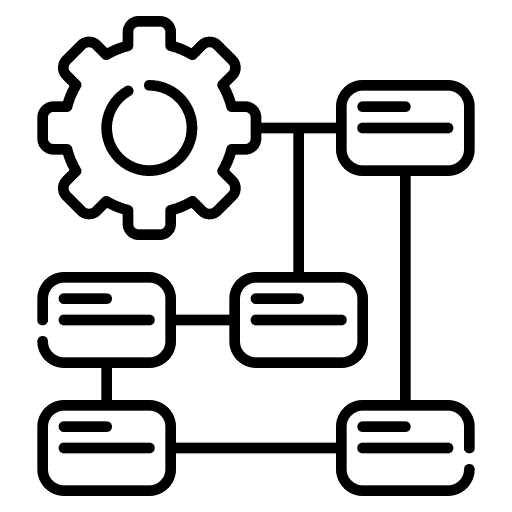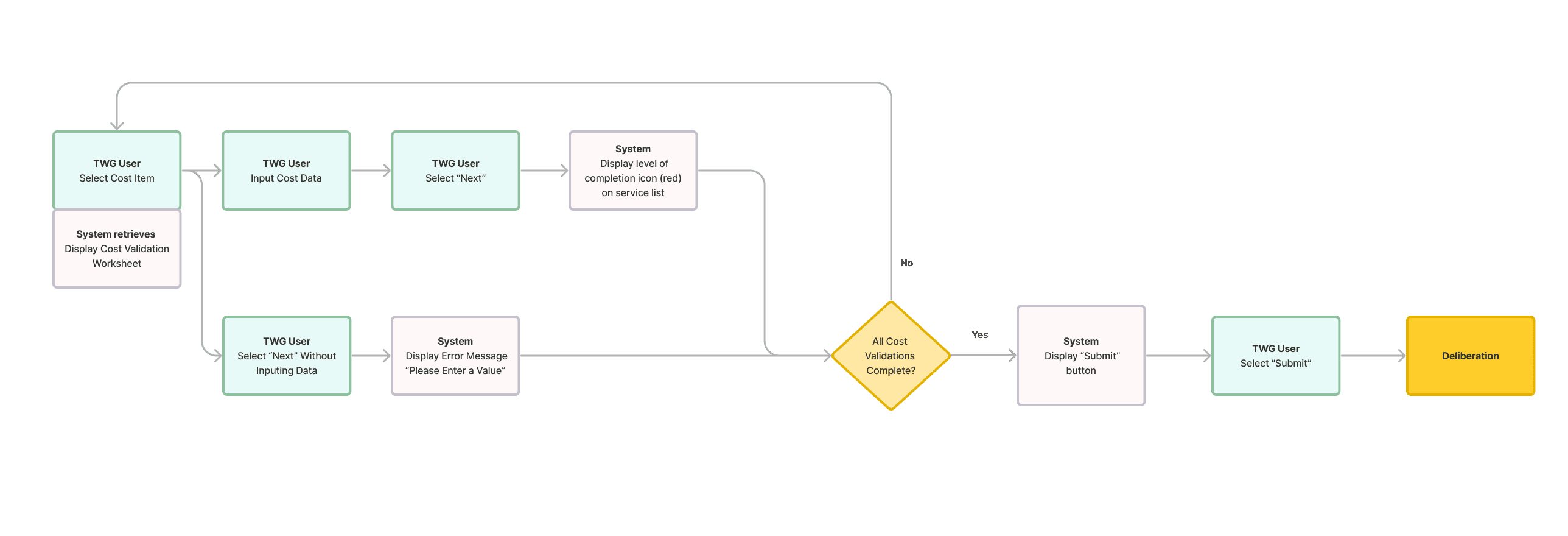
Advancing Health System Decision Making

Position
Co-Founder & Product Lead
Time
2024-25
Keywords
Health Information Management / System Design/
B2G SaaS / Public Health Financing
5
1
10
My Role
Team
Background
Problem
Project Phase
Activities
Touchpoints
Pain Points
Often first-time doing, guidance overwhelming, often invite external consultants
Time consuming, many meetings, high potential for miscommunication & frustration
How to vote fairly, ensure representation, transparancy, accountability
High-level econometric estimates
Ingredient based approach
Choose estimation method
Service Package Selection
Process Design
Amphi serves as an information management software to efficiently and effectively inform health policies and improve the budget development process.
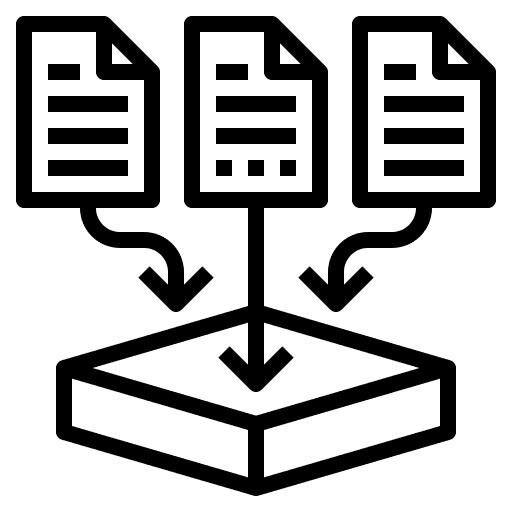

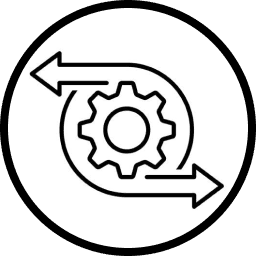
Intuitive Collaboration
Allows teams to communicate and align priorities in an integrated platform
Structuring
Stepwise completion of all workflows, integrated into one user-friendly platform
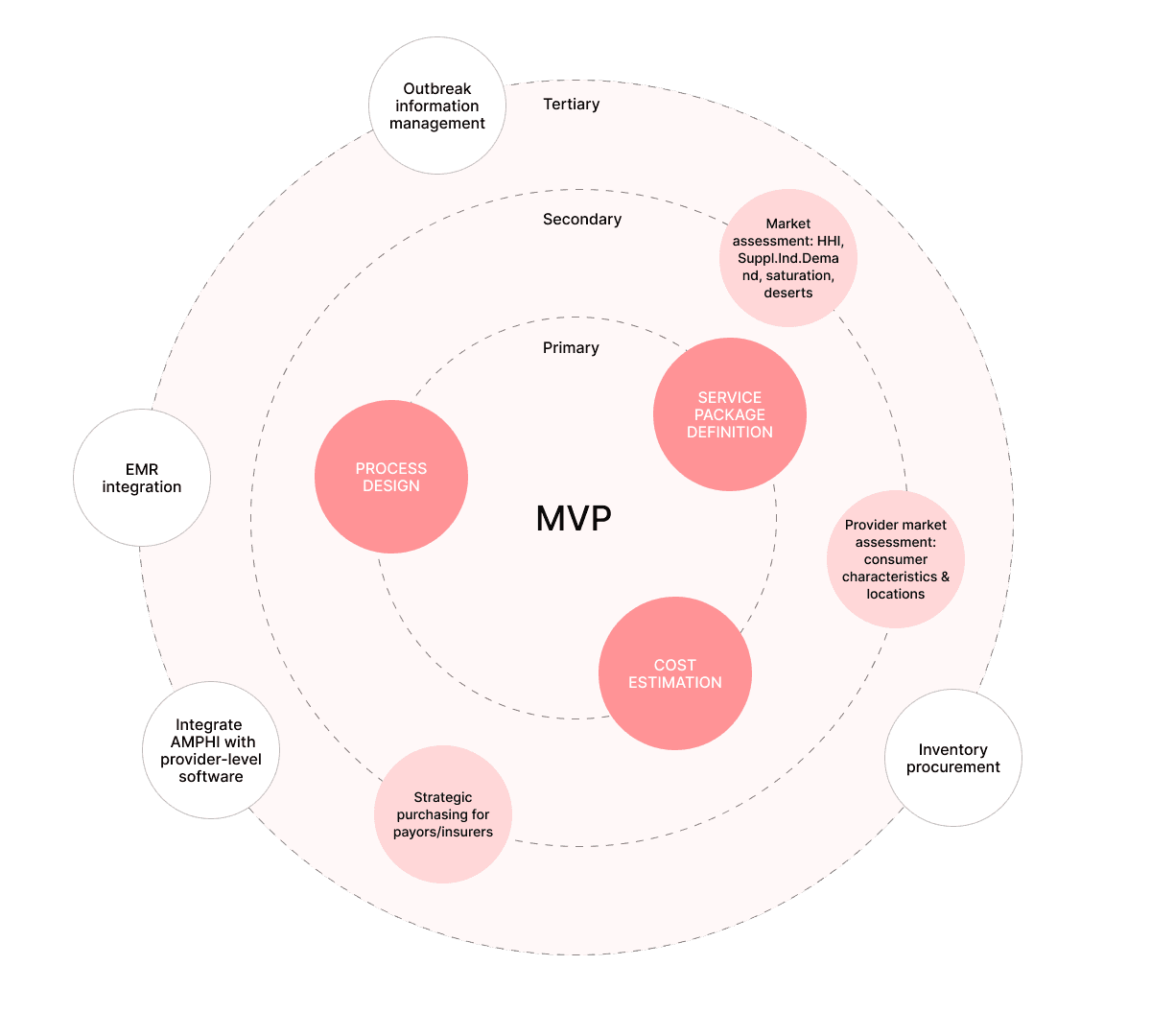
Solution Information Overload
Prior to me joining the venture, my co-founder had an excel prototype with hundreds of pages of financial models. User testing expressed confusions and visual fatigue from a lack of guidance and information hierarchy.
Streamlined Functionalities
Based on the functional hierarchy, I compartmentalize
End Users
I broke down the end users into 2 major groups based on interaction mode (edit vs. view only) across the high level workflow:
1
The Steering Committee
These are the decision-makers appointed by government officials. They define goals and criterias at the beginning of the national health service plan development, and lead the service prioritization process in the end to finalize the national health plan.
2
Technical Working Group
These are the public health professionals employed by the government. They spend the most time on our platform to collect and input health data needed for health service analysis and evaluation.
User Flow
High Level Workflow
The new user flow follows the same major steps as the existing manual workflow. Steering committee users set up configurations based on national/political value then hand off to technical working group
Submit
Submit
Steering Committee
Technical Working Group
Onboarding (Steering Committee Workflow)
The onboarding configuration will determine how health services are ranked in the Service Prioritization process.
Cost Validation (TWG Workflow)
I broke down the end users into 2 major groups based on interaction mode (edit vs. view only) across the high level workflow:
Service Validation
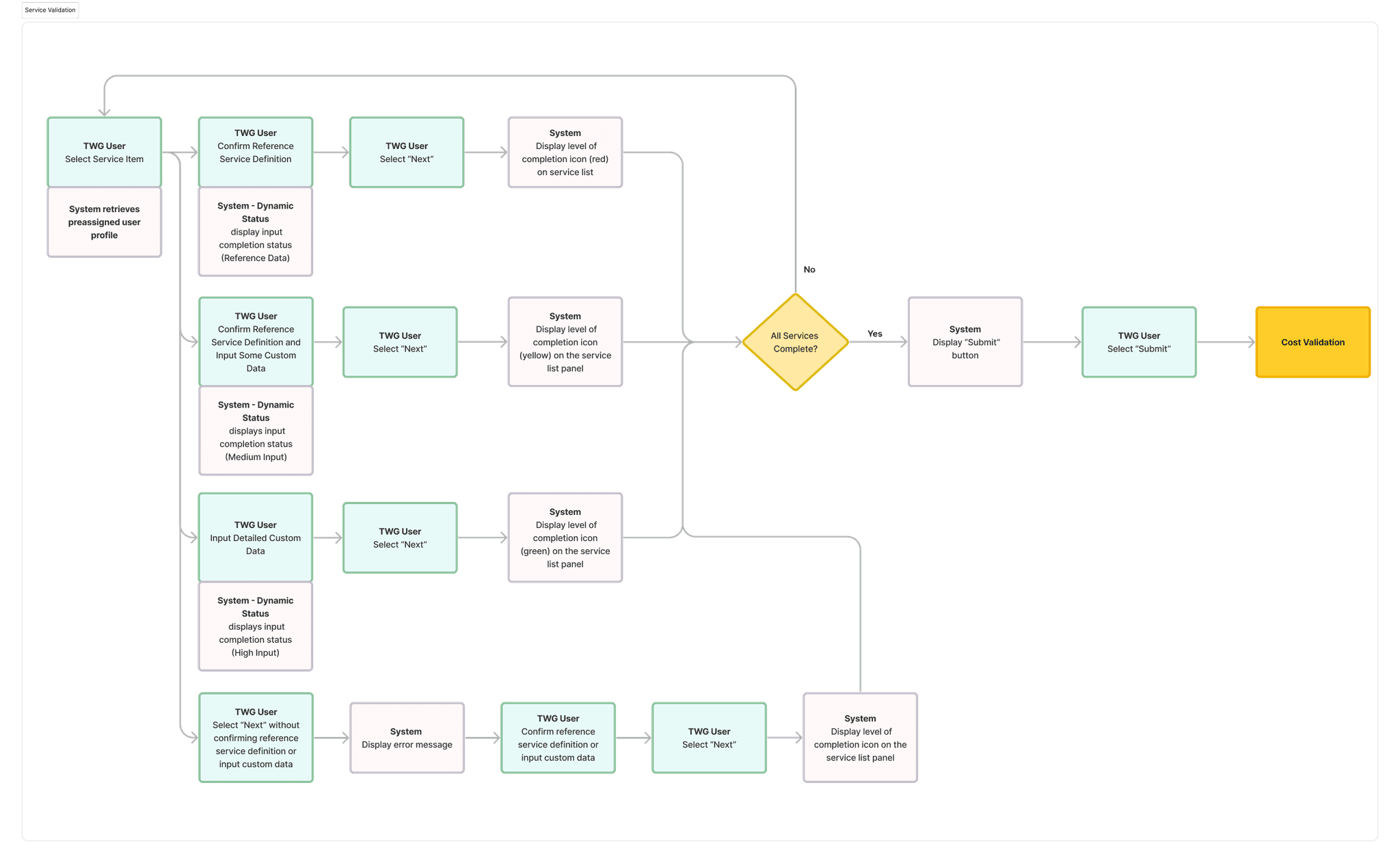
Final
Design
Features:
Progress Tracking
Visibility of Data Completion Rate
Features:
Progress Tracking
Visibility of Data Completion Rate
Features:
Progress Tracking
Visibility of Data Completion Rate
Impact
Our user testing on Service Validation (1 service/controlled and experimental group) showed 80% increase in workflow completion speed.
14 Months
Projected increase in planning efficiency per cycle
$220,000
Potential Savings from External Consultants










